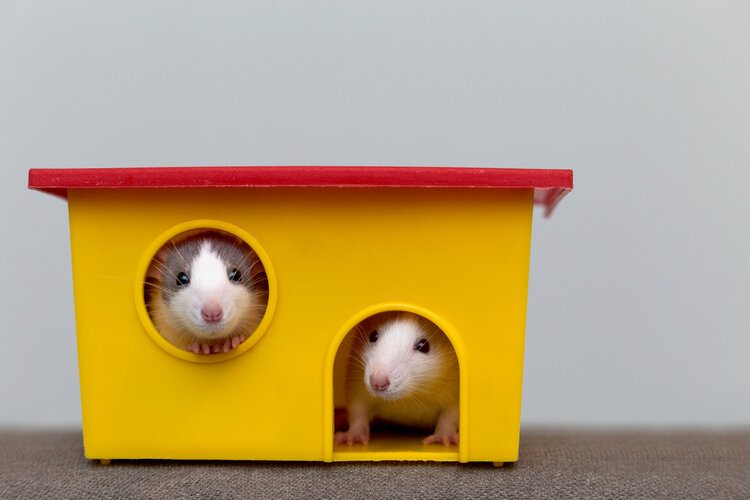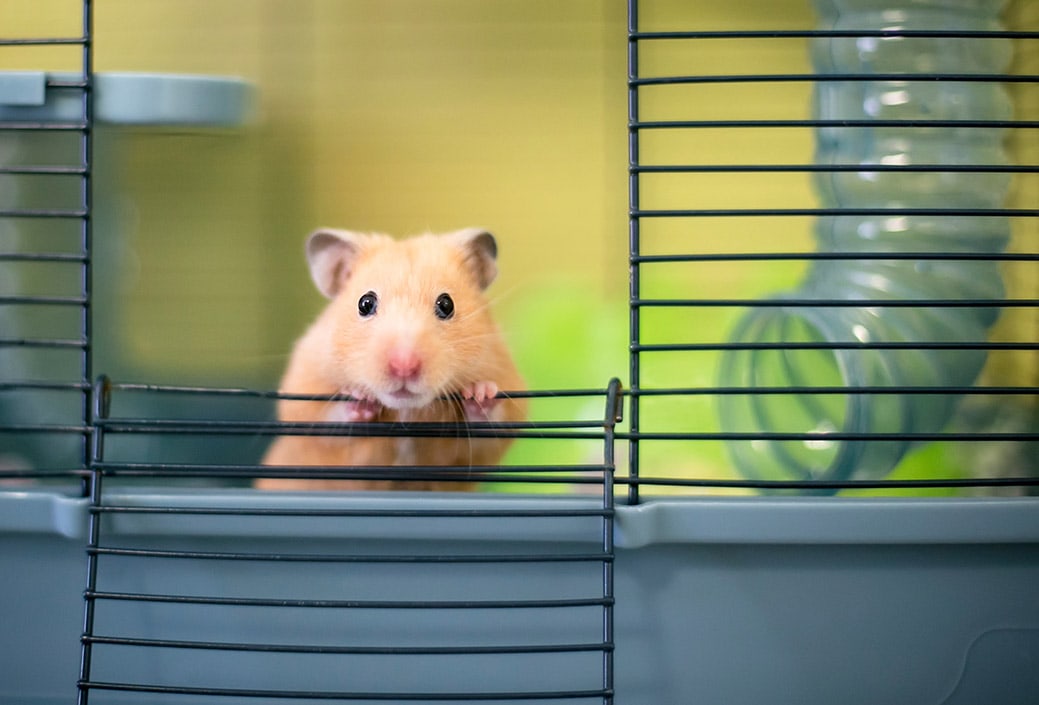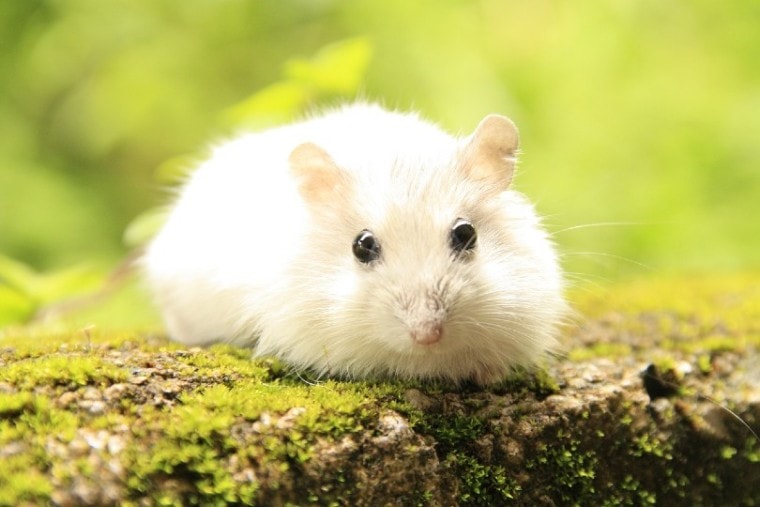
Hamsters are fun pets to live with but also quite mysterious. Determining when a hamster is especially happy or sad can be tough. It can be almost impossible to figure out when a hamster is tired of a particular toy. However, there are a few hamster myths and misconceptions that we have been able to debunk once and for all. Here is what you should know.
The 6 Biggest Hamster Myths & Misconceptions
1. Hamsters Are Happy in Small Cages
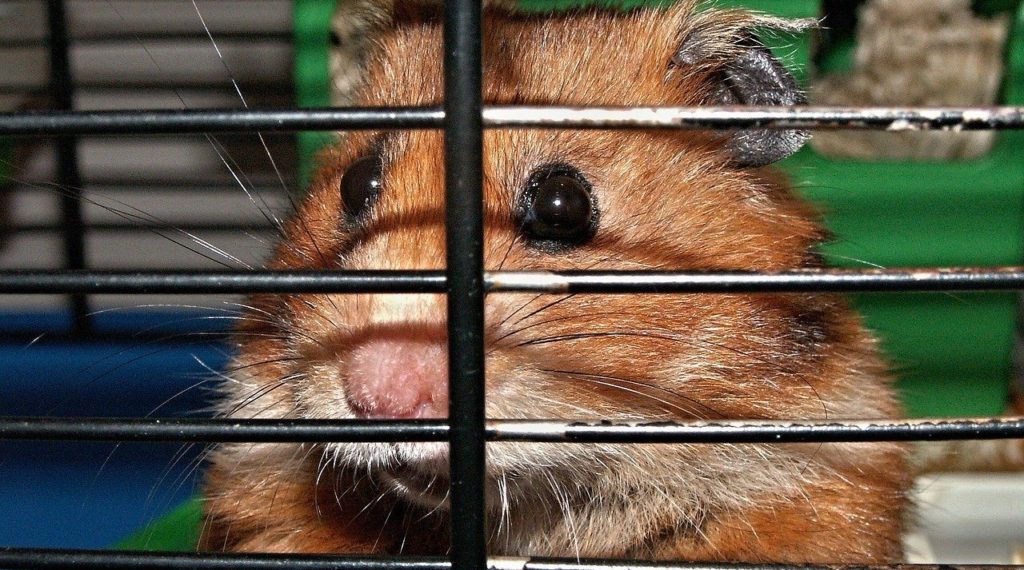
Many think a hamster can live happily in a small cage that gives them enough room to move around and sleep. However, hamsters are active and curious creatures that require plenty of room to explore. The cage for just one hamster should be at least 15 inches long and more than 12 inches tall.
Anything smaller can inhibit the animal’s ability to utilize their instincts and display their natural behaviors, resulting in depression and other problems as time goes on. There are multiple types of cages that hamsters can safely and happily live in, including:
The type of habitat chosen should depend on the space where the habitat will be kept, whether other animals, like cats and dogs, will be around, and how hot or cold it gets during the day and night.
2. Hamsters Are Aggressive
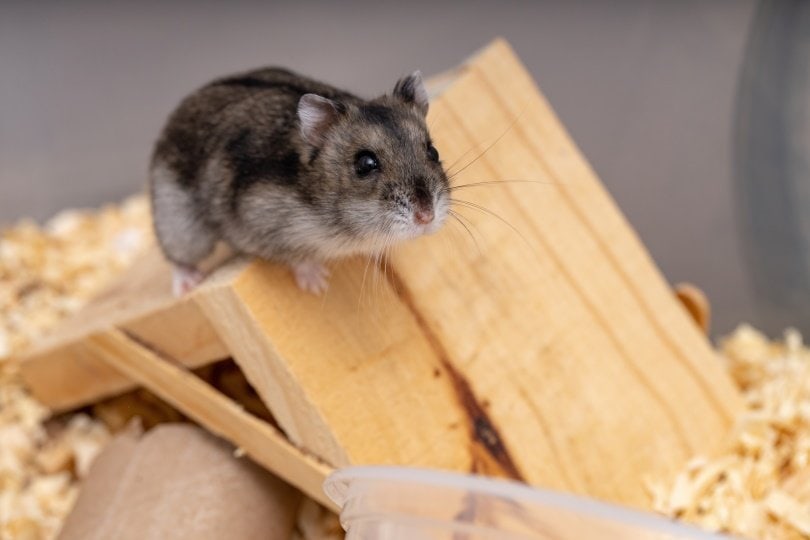
Some people believe that hamsters are aggressive, whether due to personal experiences that they have had or things that they have heard. The truth is that hamsters are not inherently aggressive. However, they will defend themselves, so if a threat is perceived, they can react in ways that a human may interpret as aggressive.
If those who interact with a hamster are calm and gentle and refrain from being forceful with their interactions, the hamster should never become aggressive. For those who pick up a hamster when the animal is afraid or put their fingers in cages to tease and startle the hamster, chances are that the hamster will defend itself with a bite.
Luckily, a hamster bite usually feels like nothing more than a pinch and rarely draws blood. It is important to remember that a well-cared-for hamster that its human companions respect should show nothing more than love and affection.
3. They Only Eat Plants
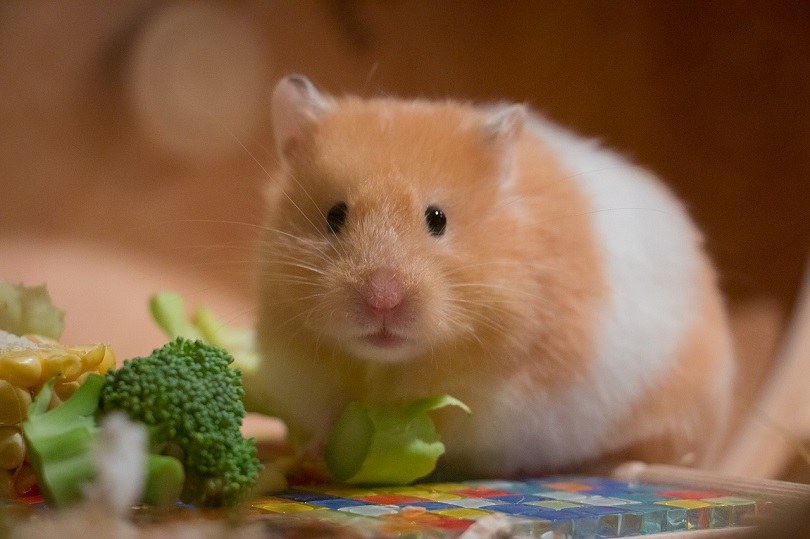
Since hamsters enjoy eating various plant foods such as seeds and greens, many people assume they are herbivores. This is not the case! These little animals like to eat plant and animal foods to stay happy and healthy. Most do not realize that the little pellets that make up commercial hamster food typically contain animal products for optimal health.
Hamsters can eat mealworms and crickets, too, which are inexpensive food options that can be sourced at pet shops. Owners can even occasionally offer small pieces of chicken and steak to their hamsters. However, hamsters should never be fed an all-meat or all-plant diet because they will miss out on important nutrients for good health and long life.
4. They Are Cheap Pets

While hamsters are not nearly as expensive to care for as cats or dogs, they are by no means “cheap.” A habitat, toys, a wheel, bedding, and food and water dishes are just the beginning of the costs of owning a pet hamster. Food must be purchased and provided daily, which can add up quickly throughout the year.
Also, bedding must be replaced regularly to keep a hamster’s habitat safe and clean. Unfortunately, hamster bedding is not a free resource. Hamsters should see a veterinarian once a year to ensure proper health. Some hamsters need veterinarian care due to illnesses and injuries, too. As any pet owner will tell you, vet bills are never cheap.
5. Their Teeth Grow Like Ours Do

Contrary to popular belief, hamsters’ teeth do not grow like ours or other animals like dogs. Instead, their teeth continue to grow without ever falling out. Therefore, hamsters require things to chew on to keep their teeth filed and under control. If a hamster has no toys or blocks to chew on, they tend to chew on their cages and food dishes to file their teeth down.
Therefore, hamsters should always have access to toys like hanging blocks, wooden bridges, and faux rocks to chew on. Overgrown teeth can lead to dental problems and a lack of interest in food, which can cause many health problems. There is no need to check on a hamster’s teeth if plenty of toys are available to them.
6. They Are Naturally Active During the Day
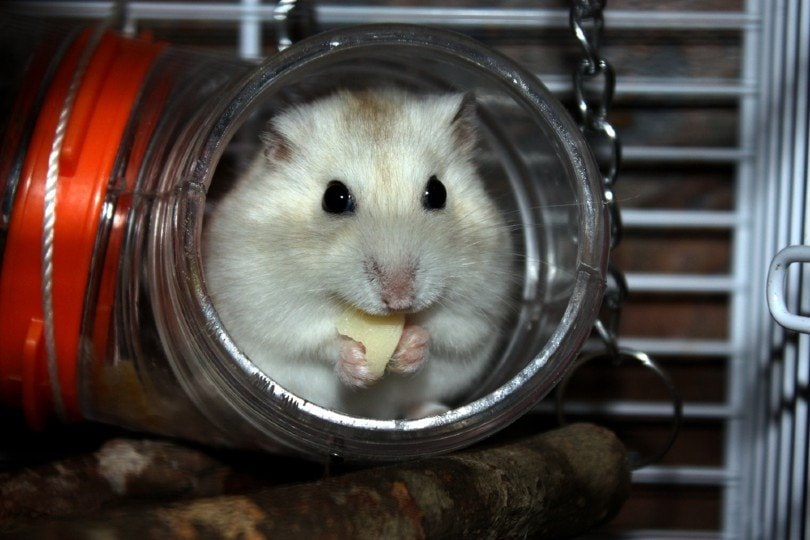
Hamsters tend to come out and interact with their human counterparts during the day because that is when the humans visit them. However, hamsters are nocturnal in the wild, meaning they typically hide and sleep all day, then explore and forage for food at night. If left to their own devices, this would likely be the schedule they keep in captivity.
The daily schedules of humans in a household usually impact the schedule of a hamster, though, so most owners notice that their hamsters are at least somewhat active during the day to mimic their schedules. Keep in mind that no matter what, sleeping will likely always take up several hours of a hamster’s day.
In Conclusion
Hamsters are fun-loving, interesting pets that many do not know much about. They also deal with their fair share of rumors and myths. Now that we have dispelled a few common hamster myths, we can better understand how these adorable little pets should be cared for to keep them happy and healthy for a lifetime.
Featured Image Credit: Marcela Arrubla, Pixabay



